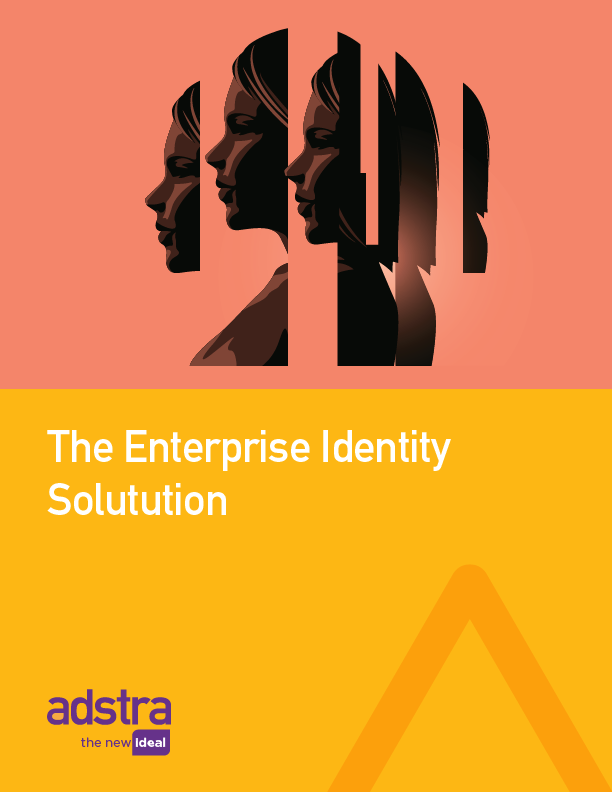– Bryan MacDonald, Adstra EVP, Head of Product and Digital Operations
Within the digital advertising space, 2022 will probably go down as the “year of the clean room.” In another year full of upheaval, where Google delayed cookie deprecation (again), and federal privacy legislation stalled (again), marketers fully adopted the clean room concept, looking for privacy-safe, cookie-free matching solutions that would carry them through the uncertain times ahead.
Despite the excitement (and investment) many brands may be surprised that clean rooms are still in their early days, with plenty of gaps in their capabilities. In the quest for flexible identity solutions, many have locked on to clean rooms as the cure-all. Just as we’ve seen with CDPs, clean rooms alone are not the one-stop solution for future-proof identity needs.
Clean rooms promise that brands can import first-party data into a secure environment, then allow the brand to join its data to another party’s. The benefit to the brand is that they never lose control of the data and that everything is done in a secure, privacy-safe fashion.
The biggest issues are that clean rooms, in their current form, don’t have the best matching logic, nor do they have the data necessary to properly link identities. For example, Brand A has “Customer Smith” at an old address. Brand B has the same customer at his current address. Right now, most clean rooms can only do a straight match between the brands when all of the information lines up. So in the case of Mr. Smith, the result is “no match,” because Brand A had an outdated address.
That’s one small but very common issue that cuts into clean rooms’ potential. The inability to link different customer profiles in this safe environment severely limits what brands can do with the output. Brands will likely receive several matches that they can market to, but the output doesn’t come anywhere close to the robust solutions that they need. Scale is reduced dramatically.
That’s not to say clean rooms lack any value. They are ways to hold, transfer, and share data, which is all valuable to marketers right now. The process of what comes next – what does a brand do when it shares data – is still fundamentally dependent on having an identity solution. Clean rooms, by definition, are not able to build the identity needed. Clean rooms are not identity generators. They are a piece of technology that identity flows through, so that it can be used in multiple forms of marketing. For brands to fully capitalize on their clean room investments, they need to ensure that they have an identity solution that will help them match consumers, move the data, and market to their audience.




